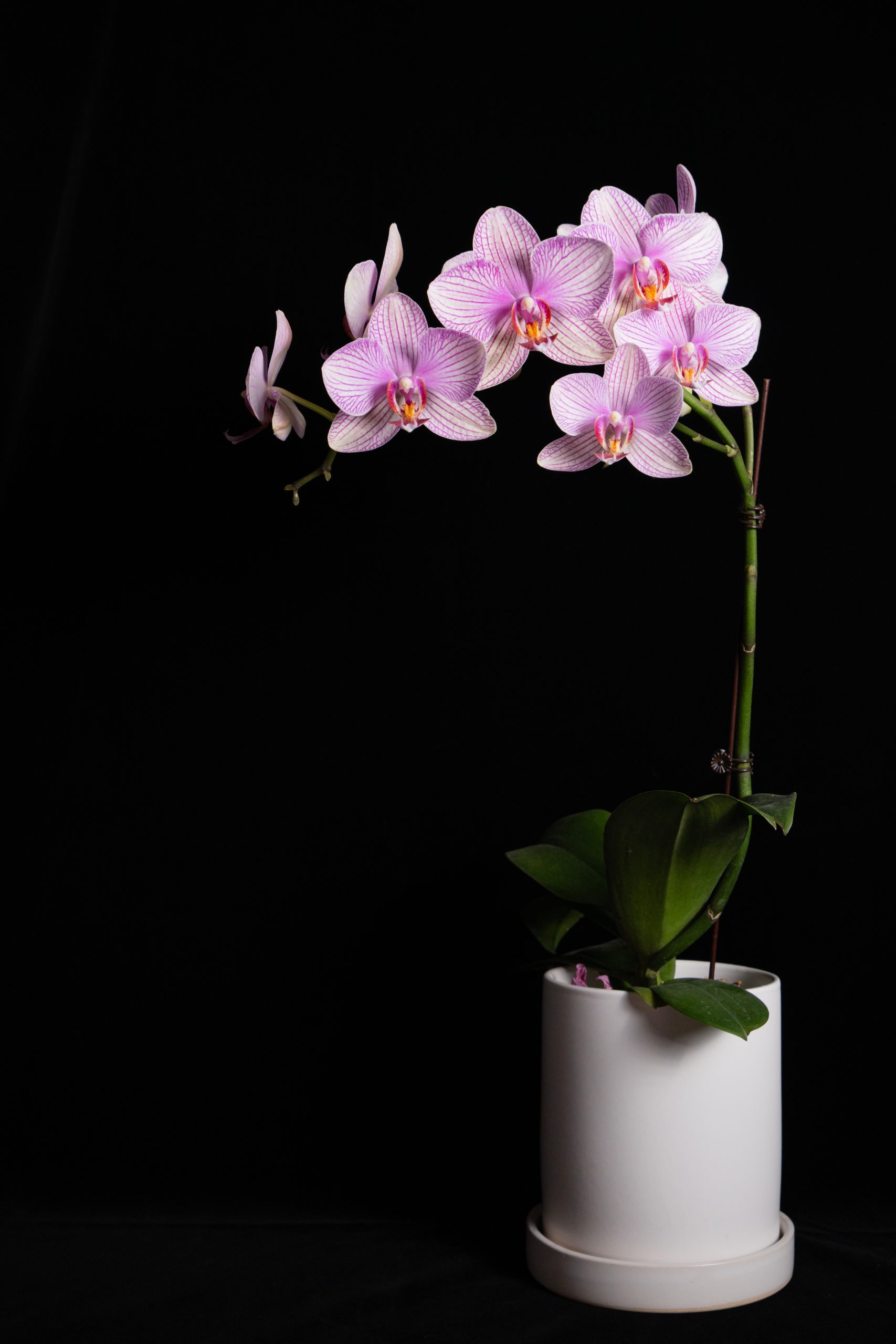Enduring the Rainy Season

Enduring the Rainy Season
Many kinds of climates may exist in your state, from hot and dry to cool and humid, depending on your elevation, weather patterns, proximity to water, etc. Although mold can grow anywhere (even in the desert!), more water definitely means more mold. Your “rainy season” can come in January or July…but it matters most that you are ready for it and know what to expect!
Taken from somewhere that REALLY gets their share of rain, in the Philippines it is common for people to get sick during the rainy season and even while transitioning from one season to the next. The following advice from the Philippines could go a long way in the US, as well!
- Pack your rain gear. An umbrella is a must on days that it might rain, which includes some that start out sunny! We’re not saying that getting wet automatically makes you sick, but here’s the connection: wet clothing can lower your body temperature. Lowered body temperature causes the blood vessels in the nose to constrict, which in turn limits the number of white blood cells that can come to your mucous membrane to fight off infections. This is the type of lowered immune response that leaves you susceptible to viruses and microbes!
- Warm up quickly after you get wet by taking a warm shower, or at least changing into warm dry clothing. Making a habit of washing your hands after traveling also helps!
- Drink lots of clean water! This is another part of keeping your body’s immune system healthy.
- Use mosquito repellant: It seems like new mosquito-borne diseases are discovered every year, so if you’re going to be outside, make sure they don’t target you by applying a non-toxic repellent like Wondercide Insect Repellents.
- Make sure that mold is not creeping into your home with water intrusions. More water outside running over your home can lead to small or major leaks, which can go undetected if you aren’t vigilant! Keep bedroom doors open for ventilation and check unused rooms at least weekly for any signs of leaks. You may want to also leave ceiling fans running to increase air circulation, which has a drying effect. Mold spore counts will increase outdoors during the rainy season, but you can keep them down indoors by:
- Using a HEPA air cleaner: Medify has a great selection of air purifiers that are simple to use and a good value for the size of room purified.
- If you believe that mold spores are increasing in your home’s air, there are several ways to deactivate them. Plugging in a Germ Defender, Upgraded Air Angel Mobile or installing a Whole Home Polar Ionizer, all of which use bipolar technology, kills mold in the air and on surfaces. Alternatively, Air Purification Candles actually lower the spore count. They don’t have fragrance so you don’t have to worry about nasal irritation. You can check out our article on them here!
- Keep a close eye on humidity levels in your home with these inexpensive humidity sensors–place them in several rooms so you don’t have to look too long to know what’s going on with the humidity! If you see it creeping up, it may be time to research dehumidifying settings on your HVAC system or add a dehumidifier.
Your environment may make you feel like you’re living underwater, but do your best not to let it affect your health or the health of your home. Where there’s moisture, there’s life–just make sure it’s the beneficial, beautiful kind by preventing mold and microbe growth.

Photo by White.Rainforest ™︎ ∙ 易雨白林. on Unsplash






